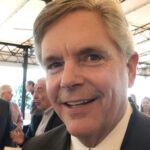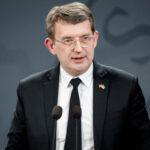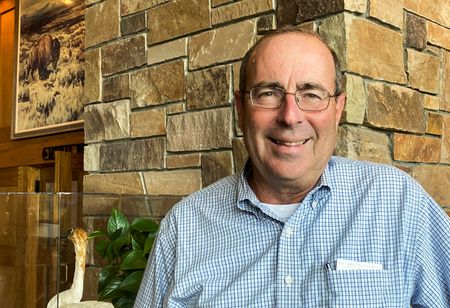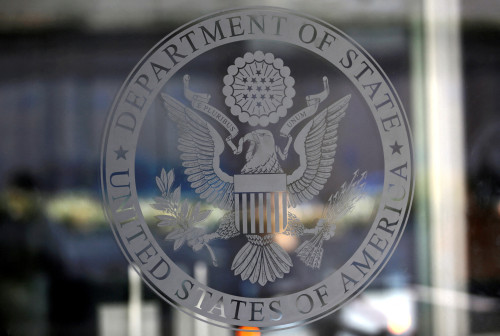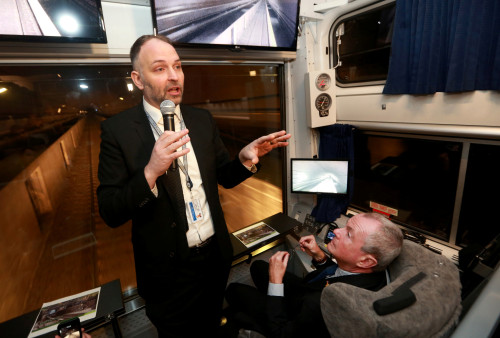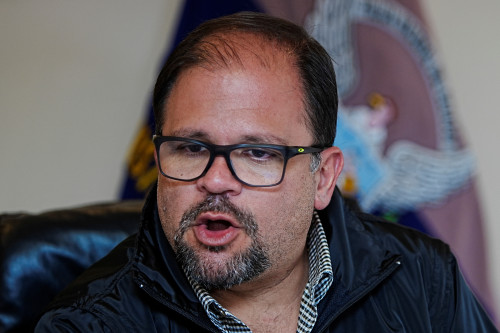By Ann Saphir
(Reuters) -Richmond Federal Reserve Bank President Thomas Barkin on Thursday said that while there’s been “real progress” on inflation, he is still unsure if the U.S. central bank will need to push its policy rate higher to finish the job.
“I do anticipate some sort of a slowdown, as I just have to believe the net impact of all this tightening will eventually hit the economy harder than it has,” Barkin said on an MNI Webcast. At the same time, he said, he’s less optimistic on the speed of inflation’s decline than some others.
“Whether a slowdown that settles inflation requires more from us remains to be seen, which is why I supported our decision to hold rates at our last meeting,” he said.
The Fed last week left its policy rate in the 5.25%-5.50% range, where it has been since July, and Fed Chair Jerome Powell said he isn’t certain if more tightening will, or will not, be needed.
Economic growth has surprised most analysts with its strength despite the Fed’s aggressive rate hikes, and while inflation is down from its peak last year it is still running at 3.4% by the Fed’s preferred measure, well above the 2% goal.
Demand strength like that driving the 4.9% annualized growth in U.S. GDP last quarter is “not a good fit” with bringing down inflation, Barkin said.
Yet in conversations with business leaders and banks, Barkin said, it’s clear the economy is slowing, and credit has tightened with more economic impact yet to come.
The Fed will need to “walk a fine line” as it navigates between doing too much and doing too little, Barkin said, and that regardless any external shock has the potential to waylay policy.
“With rates restrictive and financial conditions tightened, we have time to reconcile competing narratives on demand and to test different views on the trajectory of inflation,” Barkin said.
Though he is not yet convinced inflation is on a smooth glide path down to 2%, Barkin said that as labor supply and demand come into better balance and supply chains heal, “perhaps inflation could return to target without more help from us and without too much damage to demand.”
As for interest rate cuts, he said, “you want to get convinced inflation is on a path to where you’re targeting.”
Fed policymakers in September saw rates ending next year at below where they are now. Barkin said market expectations currently pricing in several more rate cuts next year may be based on more optimism about inflation, but that the Fed’s September forecasts are for now the best guidepost for the Fed’s likely “reaction function.”
(Reporting by Ann Saphir; Editing by Andrea Ricci)



